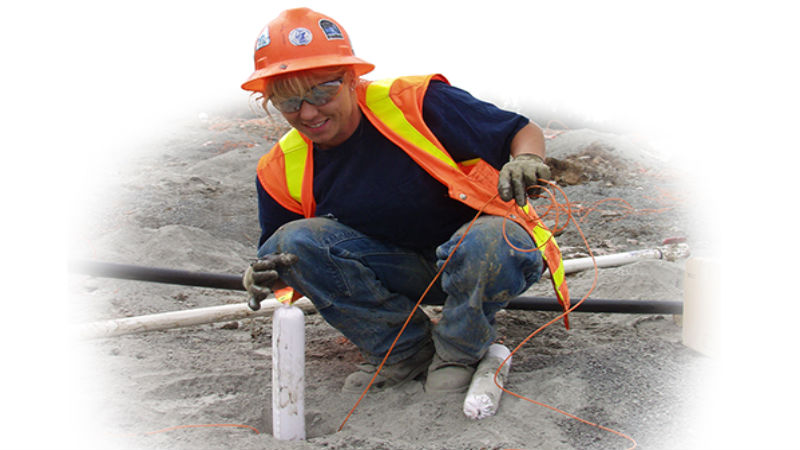In many different mining operations around the world, as well as quarries and other small and large blasting operations, dynamite or dynamite-types of explosives are the most effective and the most often used. Safety precautions when using and storing this material need to be carefully and precisely followed to ensure everyone’s safety.
As part of the initial planning of the blast, the blast operator needs to be aware of all safety requirements in working with explosives. While there are guidelines and regulations set out by different governments and companies, it is important to verify all regulations based on the location of the blast are being followed. There are differences between municipalities, states, countries and even the location of the blast within a given geographic area.
Training
Before working with dynamite or any other type of explosive, all staff for the company or government agency should be fully trained. This will include obtaining necessary certification and licensing that is determined based on the specific type of blasting operation.
Seismic blasting will have different training protocols and procedures than mine and quarry blasting or than demolition blasting. Additionally, most companies will also have specific experience requirements that ensure the blast operator has the knowledge and experience to manage the process correctly and safely.
Storage Requirements
In the United States, the ATF or Bureau of Alcohol, Tobacco, Firearms and Explosives is responsible for establishing the guidelines for the storage of dynamite and other types of explosives.
This is considered a High Explosive, which means it is exploded through the use of detonation and causes a shock wave through a material that causes a change in the material.
All High Explosives have to be stored in permanent magazines or approved mobile or portable magazines when being moved to and from any blast location. They cannot be carried in any other way. They also cannot be combined in storage with other types of explosives without meeting more stringent storage container and magazine requirements.
There is also a need for the individual with the license on the project to be managed and to maintain all logs and records of the use and location of any and all explosives used on the job. This is a vital and important part of safety, ensuring that all explosives are accounted for either in storage, as already used explosives, or as explosives in temporary storage that are in use or to be used that day.

